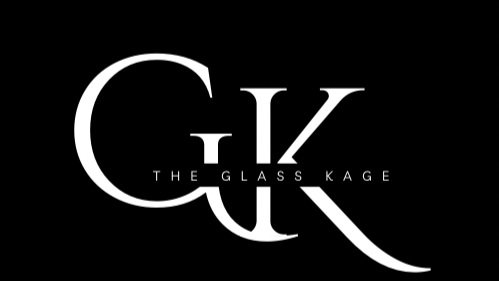When Music Isn’t Human Anymore
The AI Dilemma
In June 2025, Spotify quietly launched a new AI-generated playlist feature that blends synthetic vocals with trending production styles,
without crediting a single human artist.
While the company framed it as a “discovery tool”, the move ignited immediate backlash from independent musicians, producers, and listeners alike.
The concern? That the line between inspiration and imitation is being erased by code.
This isn’t just a tech update. It’s a cultural shift. And for many, it feels like creative erasure.
The Rise of AI-Generated Music
AI-generated music isn’t new. Tools like Suno and Udio have already made headlines for creating eerily convincing tracks in seconds.
Yet Spotify’s integration marks a turning point: synthetic music is no longer a novelty, it’s being normalized on the world’s largest streaming platform.
According to Music Business Worldwide, Spotify’s AI playlisting is part of a broader strategy to reduce licensing costs and increase engagement. But for independent creators, it’s a threat to visibility, authorship, and income.
What AI Can’t Replicate
At glasskage.com, we’ve always believed that music is more than sound. Music is memory, identity, and lived experience.
AI can mimic melody. It can even simulate emotion. But it can’t replicate the cultural nuance of a beat born from grief, or the tension in a verse written at 3AM in a basement studio.
Producers like Bury Me At Midnight are proof of that. Their work doesn’t chase trends, it builds worlds. Cinematic, textured, and emotionally raw. The kind of sound that algorithms can’t fake. You can read more about their process and philosophy in our artist spotlight.
The Independent Response
In response to the AI wave, platforms like Bandcamp and BeatStars are seeing a resurgence in artists emphasizing authenticity over automation.
There’s a growing movement of creators leaning into imperfection, storytelling, and sonic grit. These are traits that machines still can’t convincingly replicate.
At glasskage.com, we’re committed to amplifying those voices.
Our editorial platform exists to amplify artists who build mood over metrics. Creators pushing boundaries, not chasing trends.
In a world where everything feels processed, we document the ones who still make it personal.
What’s Next?
The future of music doesn’t have to be a binary between man and machine. But it does require transparency, ethical boundaries, and a renewed focus on human creativity. As AI continues to evolve, so must our definitions of authorship, originality, and value.
If you’re an artist navigating this new terrain, we see you. And we’re building a space for you at glasskage.com a home for stories that algorithms can’t write.





